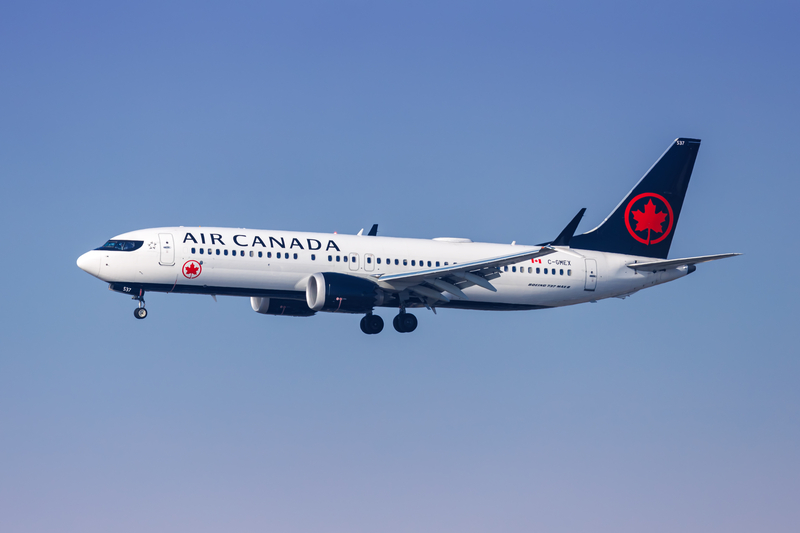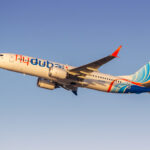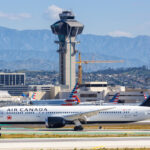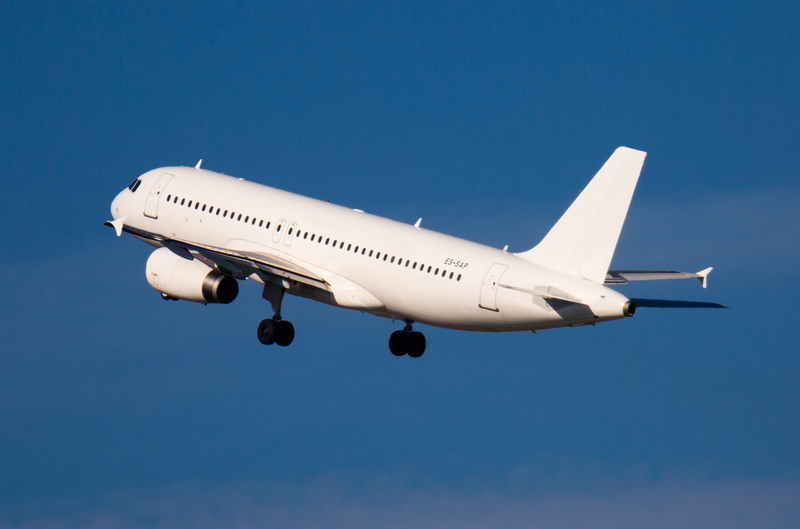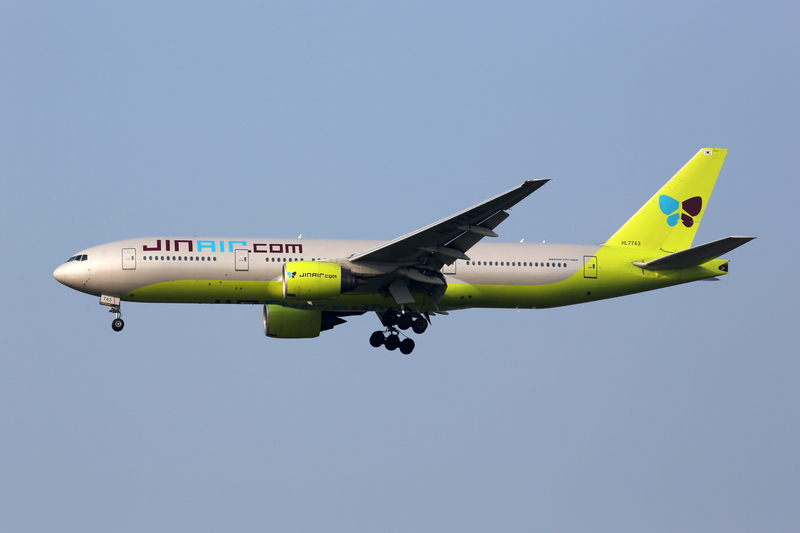Air Canada to Move Entire 737 MAX Fleet to Rouge in 2026
Air Canada is about to pull off one of the bigger narrowbody reshuffles we’ve seen from a North American carrier in years. The plan has been known in broad strokes since late 2024, but the airline has now confirmed that the whole transition will happen in 2026 — two years earlier than originally expected. That means a full identity swap for Rouge, and a cleaner, more consistent mainline fleet for everyone else.
Rouge is going all-Boeing next year
Rouge, Air Canada’s leisure-focused subsidiary, currently flies 36 Airbus A320-family jets (A319s, A320s, and A321s). In 2026, that entire Airbus fleet is set to exit Rouge. In its place: every single Boeing 737 MAX 8 currently in Air Canada’s mainline operation.
Air Canada has 47 MAX 8s today with five more still due to arrive. Once the transfer is complete, the mainline airline will be Airbus-only for narrowbodies, while Rouge becomes a single-type, all-737 operator. What’s especially notable is the speed. This was previously a gradual plan stretching to 2028. Now Air Canada says it’ll be done in one year. For a project that touches aircraft, crews, bases, and product, that’s moving fast.
The business case is straightforward: Air Canada says the 737 MAX offers roughly 20% lower unit costs than Rouge’s current Airbus fleet. On leisure routes where margins are thin and competition is heavy, that cost gap matters. Air Canada also plans to open a Rouge crew base in Vancouver, which is a pretty clear sign that the airline wants Rouge to grow harder on the West Coast.
The MAX cabins will get a Rouge makeover
Air Canada’s MAX 8s won’t move over unchanged. Right now, they’re configured with 169 seats: 16 business class and 153 economy. Under Rouge, each aircraft will be reconfigured to 177 seats, with 12 seats in business and 165 in economy.
In practice, that means removing one row of business class, and adding two rows of economy. Air Canada says pitch will tighten slightly in parts of the cabin, but seats will keep recline — so this isn’t a “hard-back, no-recline” LCC setup. It’s a denser layout, but not an ultra-budget one.
Here’s the part that may surprise people: this shift should improve the Rouge onboard experience. The MAX aircraft will keep seatback entertainment, and they’ll offer fast, free Wi-Fi for Aeroplan members. Rouge’s A320-family jets don’t have seatback screens today, so this is a tangible step up, especially on longer leisure flights.
Mainline gains upgraded Airbus jets
The other half of the swap is just as important. Once Rouge hands over its Airbus fleet, Air Canada plans to retire the ex-Rouge A319s, and move the A320s and A321s into mainline service. Those aircraft will be refreshed to match Air Canada’s latest cabin standard.
So while Rouge gets newer, more efficient Boeing narrowbodies, mainline gets a younger Airbus narrowbody fleet with a consistent product. It’s a win on both sides: lower costs for Rouge, and fewer cabin “surprises” for mainline passengers.
This is really about fleet simplification and consistency
Zooming out, Air Canada is clearly trying to standardize what customers experience no matter which part of the network they’re flying. Beyond the Rouge/MAX transition, the airline says its regional operation will start seeing upgraded cabins and high-speed Wi-Fi from 2026 as well. The through-line here is consistency: fewer aircraft types within each brand, and fewer product gaps across the system.
If Air Canada sticks to the timeline, Rouge will grow from a ~36-jet operation to something north of 50 aircraft, and likely keep expanding as more MAX deliveries arrive. That’s a meaningful scale change for Rouge, and it signals that Air Canada sees a lot of leisure growth ahead — especially in markets where costs decide who wins.
Bottom Line
Air Canada will shift its entire Boeing 737 MAX fleet to Rouge in 2026, turning Rouge into an all-Boeing operator and leaving mainline narrowbody flying entirely to Airbus. Rouge’s MAXs will be denser — 177 seats — but they’ll also bring a better passenger setup than today’s Rouge Airbus jets, thanks to seatback screens and fast, free Wi-Fi for Aeroplan members. Meanwhile, mainline inherits Rouge’s A320s and A321s, refitted into Air Canada’s modern cabin standard.
It’s a logical move, it happens faster than expected, and assuming execution goes smoothly, passengers across both brands should end up with a more predictable and upgraded experience.
